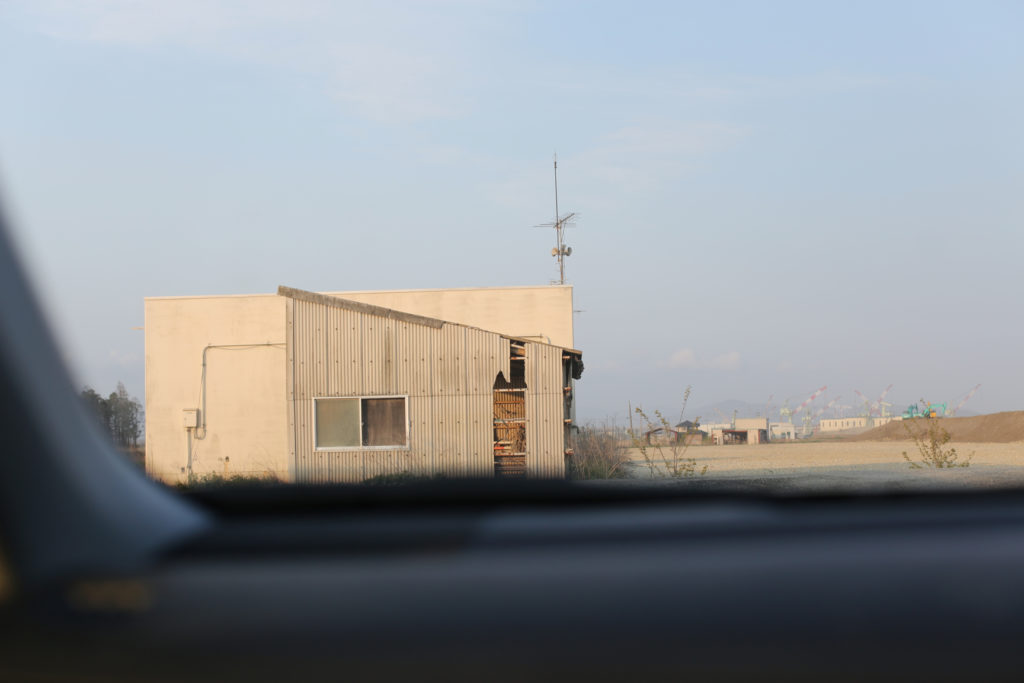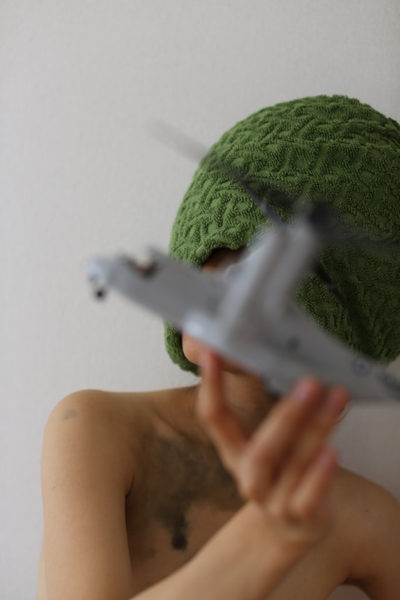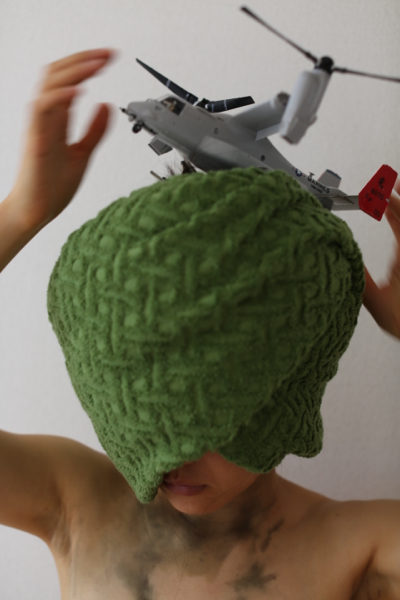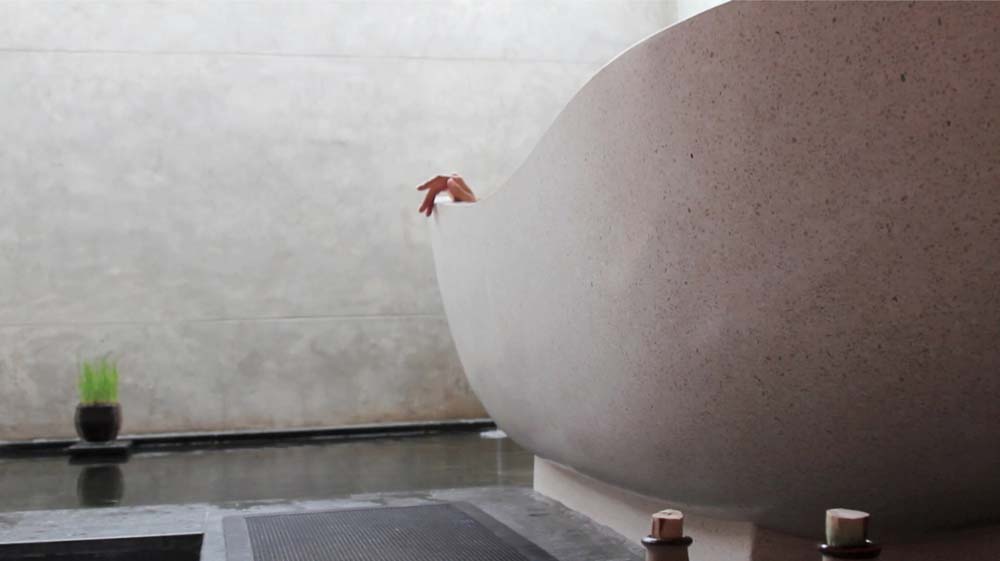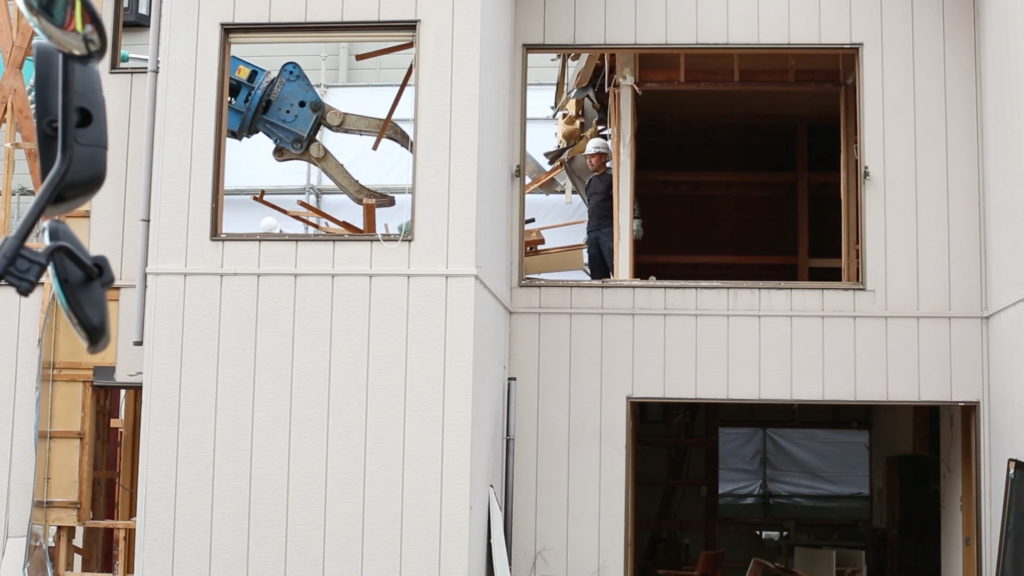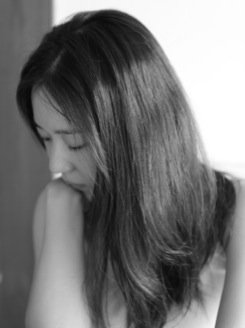
Ayano Hattori is a PhD-awarded artist who has engaged with a wide range of practice from digital video and photography to painting, and from creative and critical writing to performance. Varied articulations, aesthetics, and materialisations specific to these respective media characterise her embodiments, in which the aspects of research, cultural criticism, and activism are intertwined within artmaking. Reflecting her positionality, these critical and creative embodiments encompass herself within the subject matter. The situatedness of the embodiments, the piece of art and knowledge, offers viewers possibilities for contemplation of the contemporary world from unique perspectives.




